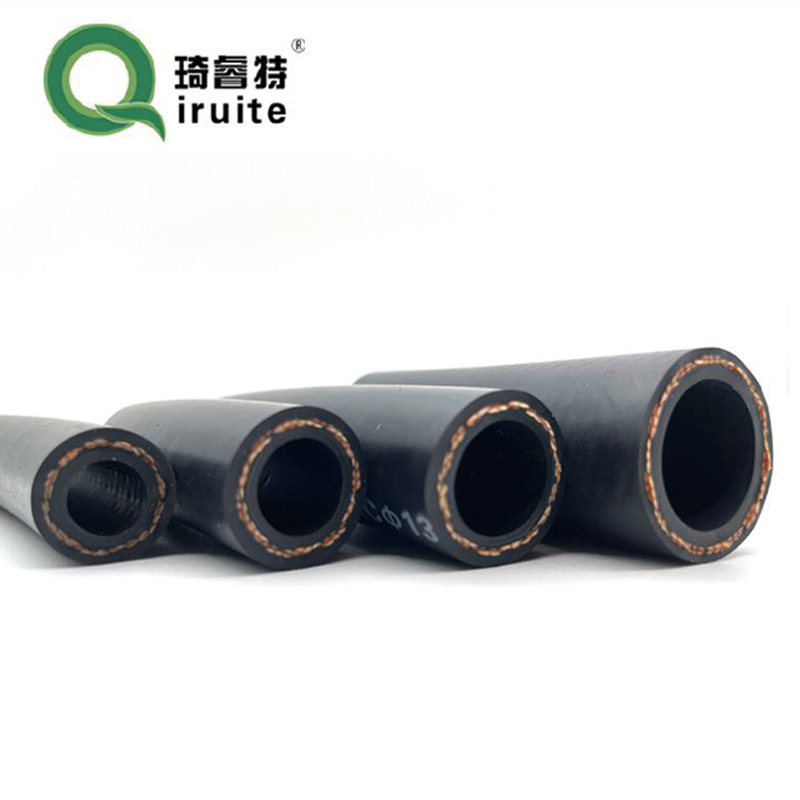Understanding Electrical Pipe Couplings for Efficient Wiring Solutions in Various Applications
Understanding Electrical Pipe Couplings A Comprehensive Guide
In the diverse world of electrical systems, ensuring the stability and efficiency of connections is paramount. One crucial component aiding in this process is the electrical pipe coupling. This article aims to provide a detailed overview of electrical pipe couplings, their significance, types, applications, and installation practices, shedding light on their integral role in electrical infrastructure.
What is an Electrical Pipe Coupling?
An electrical pipe coupling is a fitting used to join two sections of electrical conduit together. These couplings are designed to create a secure, insulated pathway for electrical wiring, ensuring safety and functionality while protecting the conductors from environmental factors. Couplings are particularly vital in applications where conduits must be extended or diverted to accommodate the layout of a building or installation.
Types of Electrical Pipe Couplings
Electrical pipe couplings come in various types, accommodating different materials and sizes of conduits. The most common types include
1. Rigid Couplings Made from materials like PVC or metal, these are used to connect rigid conduit systems. They provide a strong, permanent connection, ensuring a secure pathway for electrical conductors.
2. Flexible Couplings These types are often used to connect flexible conduit systems, allowing for easy adjustments and movement. They are particularly useful in applications where vibrations or shifts in the structure may occur.
3. Emt Couplings Electrical Metallic Tubing (EMT) couplings are used for joining EMT conduits. They provide a protective shield for electrical wires while ensuring a safe connection point.
4. Threaded Couplings These couplings feature male and female threads, allowing for easy installation and disconnection. They are commonly found in metal conduit systems.
5. Liquidtight Flexible Couplings Designed for hazardous or wet environments, these couplings offer protection against moisture and other environmental factors, ensuring the integrity of the electrical system.
Applications of Electrical Pipe Couplings
Electrical pipe couplings are essential in a wide array of applications, including
electrical pipe coupling

- Commercial Buildings In commercial constructions, couplings are used to create extensive networks of electrical conduits, facilitating the delivery of electricity to various systems and appliances.
- Industrial Environments In factories and manufacturing plants, couplings help connect conduits that supply power to machines, lighting, and other equipment, maintaining operational efficiency.
- Residential Wiring In homes, electrical couplings ensure that power is safely and effectively routed throughout the property, from service panels to outlets and fixtures.
- Outdoor Installations For outdoor electrical work, such as garden lighting or landscaping features, couplings provide critical protection against weather elements.
Installation Practices
Proper installation of electrical pipe couplings is vital to ensure safety and functionality. Here are some best practices
1. Choose the Right Type Select the appropriate coupling based on the conduit material and the specific application. Matching the coupling type to the conduit ensures a secure fit.
2. Follow Electrical Codes Always adhere to local electrical codes and regulations during installation. This helps maximize safety and ensures the longevity of the electrical system.
3. Use Proper Tools Employ the correct tools for cutting and securing conduits. Inadequate tools can lead to poor connections and potential electrical failures.
4. Inspect Connections After installation, thoroughly inspect all connections for tightness and security. Loose couplings can lead to electrical shorts or outages.
5. Label System Components To facilitate future maintenance or upgrades, label all electrical components, including couplings, for easier identification and troubleshooting.
Conclusion
Electrical pipe couplings play a critical role in the integrity and functionality of electrical systems across various applications. By understanding their types, applications, and best installation practices, professionals and DIY enthusiasts alike can ensure safe and efficient electrical installations. With their significance in connecting conduits, these couplings contribute to the overall reliability of electrical infrastructure, safeguarding both people and property.
-
Ultimate Spiral Protection for Hoses & CablesNewsJun.26,2025
-
The Ultimate Quick-Connect Solutions for Every NeedNewsJun.26,2025
-
SAE J1401 Brake Hose: Reliable Choice for Safe BrakingNewsJun.26,2025
-
Reliable J2064 A/C Hoses for Real-World Cooling NeedsNewsJun.26,2025
-
Heavy-Duty Sewer Jetting Hoses Built to LastNewsJun.26,2025
-
Fix Power Steering Tube Leaks Fast – Durable & Affordable SolutionNewsJun.26,2025

